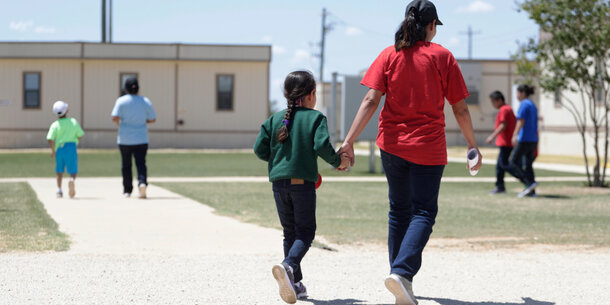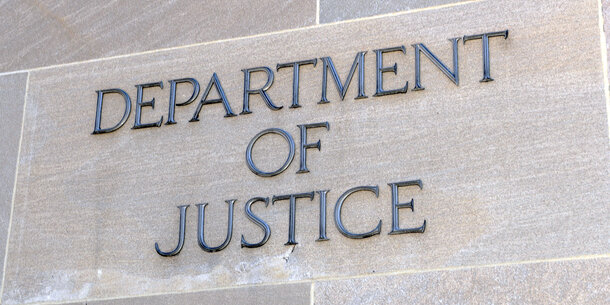Prisons and jails across the United States have a history of failing pregnant women who are incarcerated — one need only look to the practice of shackling them during delivery to understand the physical and psychological tolls. Pregnant women are already among the most vulnerable in the prison system. With Covid-19 adding a deadly dimension to this problem, they must be prioritized for vaccination.
Last month, the Government Accountability Office (GAO) released a report detailing how the Bureau of Prisons and U.S. Marshals Service fail to appropriately care for pregnant women in their custody. This report came as a follow-up to a May 2020 report from the agency that found similar refusal to provide pregnancy related care in Immigration and Customs Enforcement detention facilities.
As noted in the most recent report, incarcerated pregnant and postpartum women are two particularly vulnerable groups that should receive consistent physical and mental healthcare. The GAO judged according to basic standards of care and still found the bureau lacking in half of the 16 measured healthcare categories; the Marshals Service was found lacking in 13.
This study used data from 2017 to 2019, meaning that it did not even attempt to measure the impact of Covid-19 on incarcerated pregnant people. Since the beginning of the pandemic, prisons and jails across the country have failed to adequately address the risks posed by Covid-19 to the lives of both incarcerated individuals and the staff members around them.
When it comes to vaccination access, most of the country has prioritized correctional staff while leaving those behind bars out of initial priority groups, despite clear guidance from the public health community that incarcerated people — who are experiencing Covid-19 infections and deaths at higher rates than the general population — must be prioritized for vaccination. Only eight states have designated their incarcerated populations as “Phase One” recipients for vaccines, and those designations have caused a great deal of political controversy.
While men comprise 90 percent of incarcerated people, the rate of women’s incarceration in the United States has risen dramatically in recent decades. The U.S. prison system has nonetheless remained unprepared and ill-equipped to accommodate women in normal times, much less during a global pandemic. Women’s prisons tend to be smaller and more isolated than men’s, which could limit the possibility of outside exposure to Covid-19. But there is often only one facility in a state, ensuring that women entering and exiting the correctional system are often being transported for long periods from disparate places, thereby increasing exposure risk.
There is no nationwide database of Covid-19 in women’s prisons, and transparency varies widely across the country. Rarely do facilities release information about testing and positivity rates over time — if they publish the information at all — and access to testing has been limited. Despite the barriers to information, it is clear from even the minimal available data that Covid-19 has wreaked havoc in women’s facilities just as it has in other congregate living settings.
But it’s not just the women left inside that remain at risk — 95 percent of incarcerated people will eventually return home, and incarcerated women are far more likely to be the primary caretakers of children or other family members than incarcerated men. That means that women leaving prisons and jails are returning to family settings, with all the close contact and caregiving responsibilities that come with it.
Incarcerated women also tend to have more (and more specific) health problems than those held at male facilities, often stemming from histories of abuse, an inability to access healthcare, or general reproductive issues that have gone untreated or ignored. About two-thirds of incarcerated women report chronic ailments, rendering them particularly vulnerable to a virus that preys upon preexisting conditions. For pregnant women, the risk is even more pronounced. Symptomatic pregnant people who contract Covid-19 face an increased risk of severe illness, complications, and death.
To be clear, all incarcerated people should be offered a Covid-19 vaccination. The pandemic has turned the nation’s mass incarceration problem into an issue of life or death as millions remain behind bars. Despite public outcry and legal challenges, prisons and jails have failed to respond with the kind of mass decarceration, personal protective equipment provision, and general compassion that has been greatly needed for the past year.
Yet if officials are determined not to prioritize all incarcerated people for Covid-19 vaccination, they must at least consider the most vulnerable populations behind bars. Incarcerated pregnant women face a very high risk of both infection and death from the coronavirus, and therefore should be considered one of the highest priority groups in any vaccination plan.



